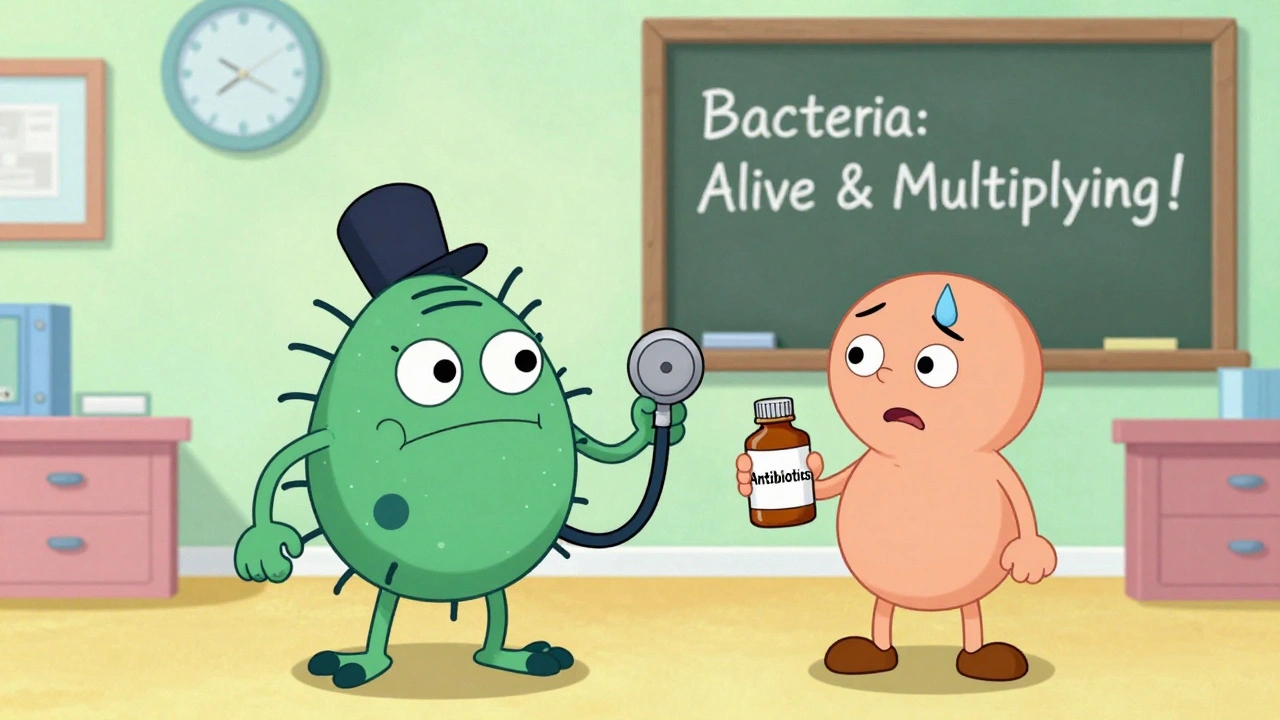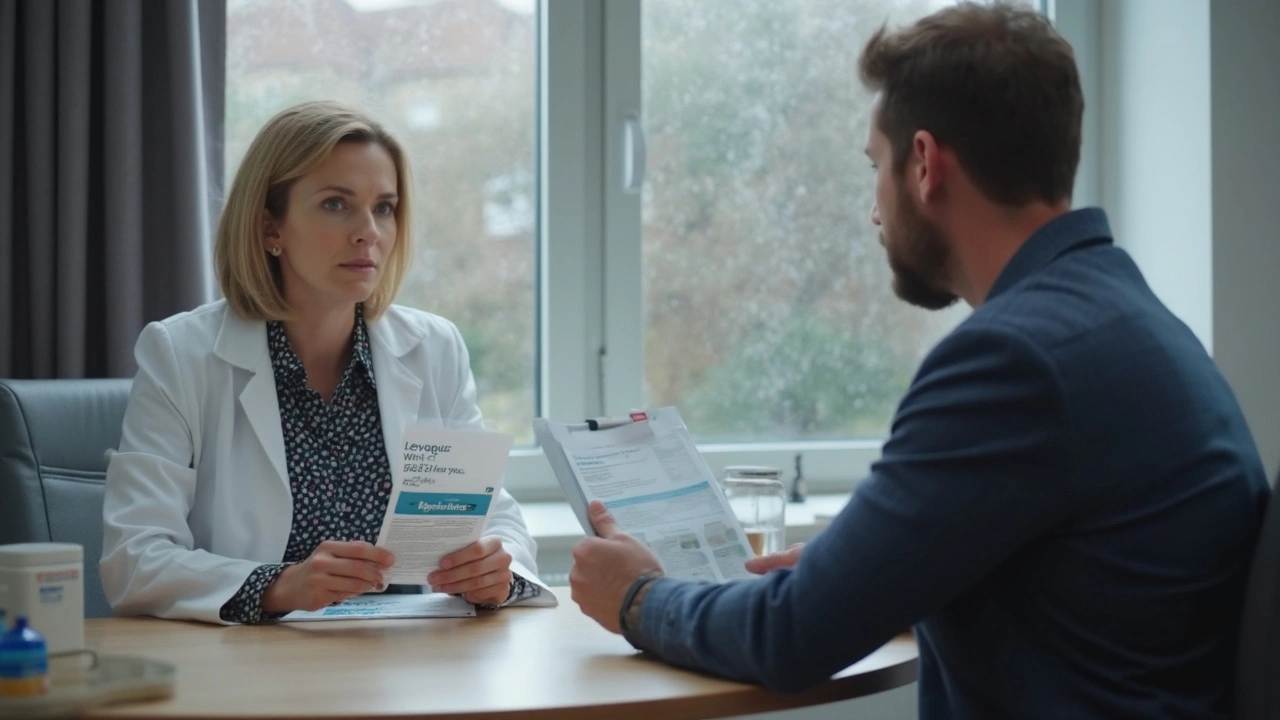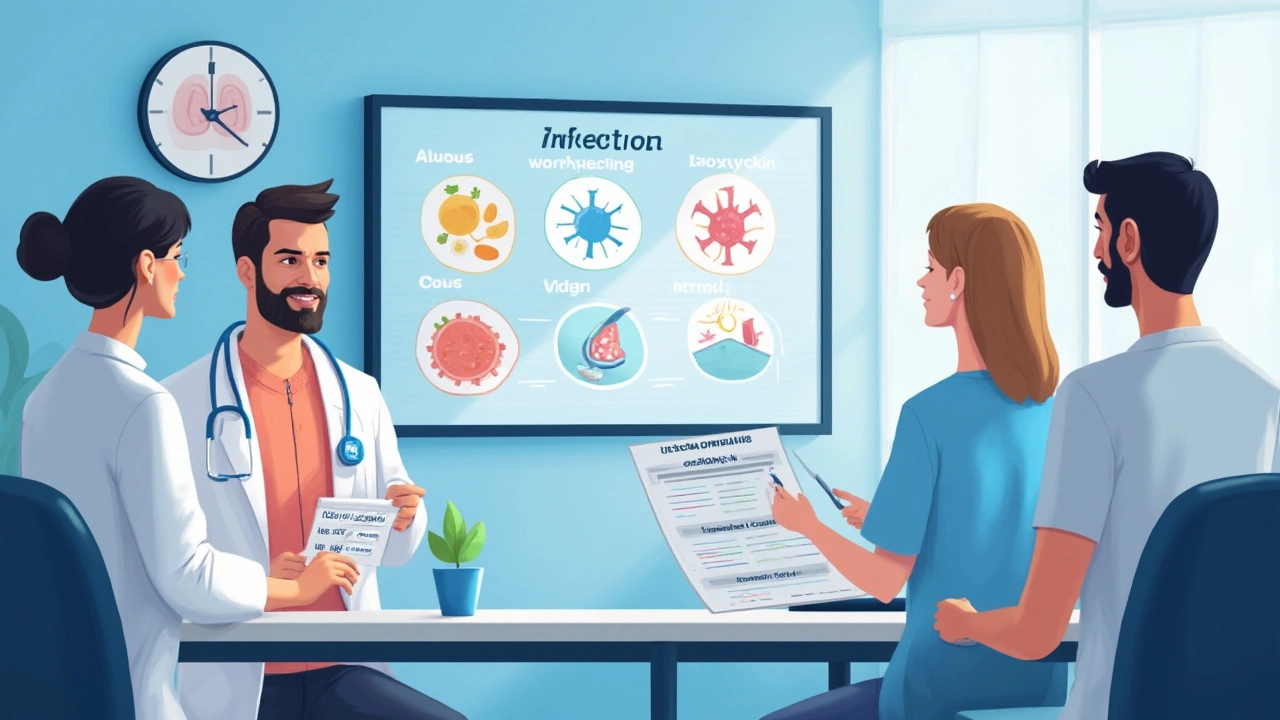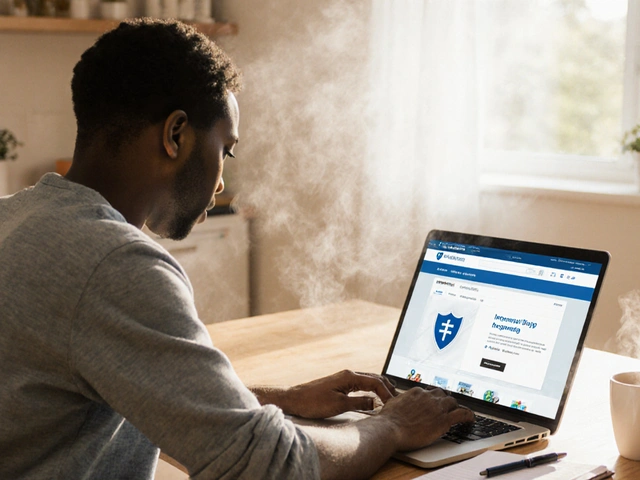Antibiotics: What They Do and How to Use Them Safely
Antibiotics kill or stop the growth of bacteria. They can save lives when used the right way, but misuse causes side effects and antibiotic resistance. This short guide tells you what most people need to know—so you can talk with your doctor with confidence.
When to use antibiotics
Antibiotics work for bacterial infections like strep throat, some ear infections, urinary tract infections (UTIs), and certain pneumonia cases. They don’t work for viruses — so they won’t help with colds, most sore throats (viral), or the flu. If a provider says your infection is viral, asking for an antibiotic won’t help and may cause harm.
How do you tell? Doctors use symptoms, exams, and sometimes tests (throat swab, urine test, blood work) to decide. If you’re unsure, ask: “Is this bacterial or viral?” and “What harms could an antibiotic cause me?” That helps you weigh benefits and risks.
How to take antibiotics safely
Follow the prescription exactly. Take the dose on schedule, and don’t skip doses. If your doctor tells you to stop early, do it—some modern guidelines recommend stopping when symptoms and tests show the infection is cleared. Don’t save leftover pills for later or share them with others.
Missed a dose? Take it as soon as you remember unless it’s almost time for the next one. Don’t double up to catch up. If you feel worse after starting an antibiotic (high fever, severe diarrhea, rash, difficulty breathing), contact your provider right away—these can be signs of serious side effects or allergy.
Common side effects include nausea, diarrhea, and yeast infections. Some antibiotics can interact with other meds — for example, some raise bleeding risk if you’re on blood thinners, and metronidazole reacts badly with alcohol. Always mention all medicines and supplements you take.
Antibiotic resistance happens when bacteria adapt and stop responding. Overuse and wrong use (using antibiotics for viruses, skipping doses, incomplete treatment) speed this up. To reduce risk: only use antibiotics when needed, finish or follow your provider’s stopping plan, don’t share meds, and practice good hygiene to avoid infections in the first place.
Simple prevention helps: wash hands, keep wounds clean, get recommended vaccines, and avoid close contact when ill. These steps cut down on infections and the need for antibiotics.
Pregnant or breastfeeding? Some antibiotics are safe, others aren’t. Tell your clinician if you’re pregnant, trying to get pregnant, or breastfeeding so they choose the right drug and dose.
If you have questions about a specific antibiotic or a past allergic reaction, bring the medication name and the reaction details to your appointment. Clear facts help your provider pick the safest option.
Want to know more about a particular antibiotic or side effect? Ask your pharmacist or doctor for a plain-language explanation. Knowing the basics makes treatment safer and more effective.










